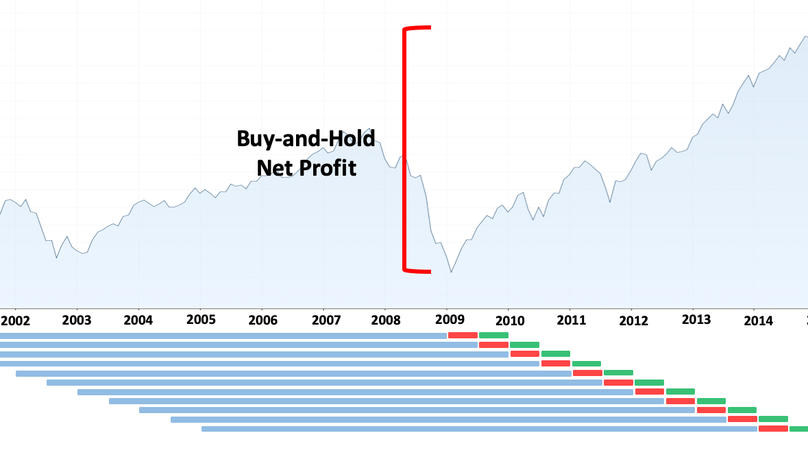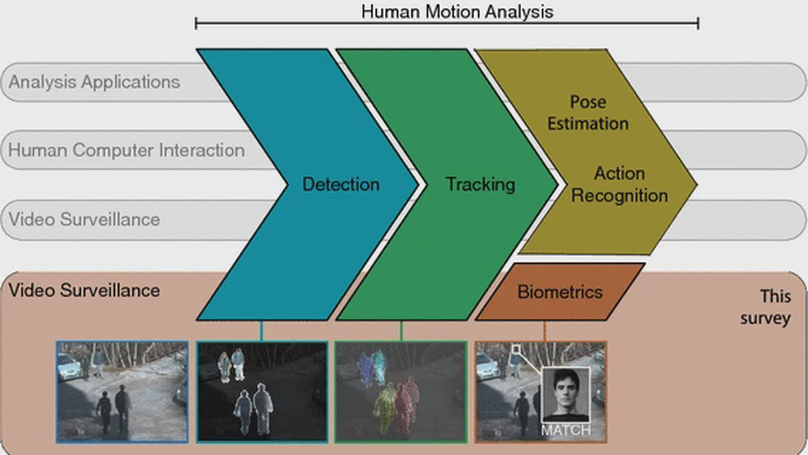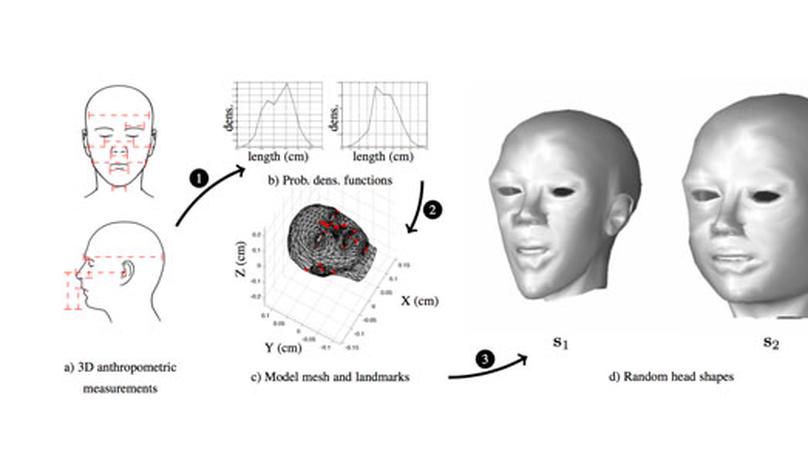Prof. Silvio Barra
Associate Professor
Academic Site
Department of Information Technology and Electrical Engineering
University of Naples, Federico II
Projects of Intelligent Robotics and Advanced Cognitive Systems Laboratory (PRISCA Lab)
Artificial Intelligence and Big Data Laboratory (AIBD Lab)
ICAROS
KickTeck Srl
Biography
Silvio Barra is an Associate Professor of Computer Science at the Department of Electrical Engineering and Information Technologies (DIETI) of the University of Naples “Federico II”. He received his Ph.D. in Computer Science from the University of Cagliari, with a dissertation focused on the design of multibiometric platforms based on physiological and physical traits. His main research interests include Artificial Intelligence, Computer Vision, Machine Learning, Biometrics, Multimodal Recognition Systems, Video Analysis, Data Security, and Privacy, with applications in Smart Cities, Healthcare, Autonomous Driving, and Sports Analytics. Throughout his career, he has participated in numerous national and international research projects, both academic and industrial, often serving as Scientific Coordinator or Principal Investigator. He is the author of more than sixty scientific publications in international journals, conference proceedings, and edited volumes, and serves on the editorial boards of several journals, including Pattern Recognition Letters and Image and Vision Computing (Elsevier). He has also been Guest Editor for special issues on topics related to AI, digital security, and biometrics. He is the co-founder of three academic spin-offs: VisioScientiae, The Cloud Alchemist—a company focused on cloud automation solutions powered by artificial intelligence—and KickTeck, an innovative start-up that combines AI and data analytics to enhance sports performance. These initiatives reflect his strong commitment to technology transfer and the promotion of applied research. He collaborates with several national and international research groups and is the author of more than sixty scientific publications in top-tier journals and conferences.
- Deep Learning
- Machine Learning
- Biometrics
- Image Processing
- Video Analysis
- Financial Market Prediction
- Medical Images Analysis
- IoT Systems
Ph.D. Degree in Computer Science, 2016
University of Cagliari
Visiting Researcher, 2014
Universidade da Beira Interior, UBI (Covilhã, Portugal)
Master Degree (cum laude) in Computer Science, 2012
University of Salerno
Bachelor Degree (cum laude) in Computer Science, 2009
University of Salerno
News
- The News Section is under maintainance…
- October 24, 2025: I’m officially an Associate Professor of the University of Naples “Federico II” after the activation of the tenure track.
Academic Career
Teaching
Activities
Editorialship Activities
- 2025: Image and Vision Computing (IMAVIS), Elsevier, (ISSN: 02628856), Virtual Special Issue on Smart Medicine: The Integration of Artificial Intelligence into Healthcare, Guest Editor with Fabiola de Marco and Jane Huiru (Jane)Zheng.
- 2023: Pattern Recognition Letters, Elsevier BV, (ISSN: 01678655), Member of the Editorial Board as Associate Editor.
- 2023: Image and Vision Computing (IMAVIS), Elsevier, (ISSN: 02628856), Member of the Editorial Board as Associate Editor.
- 2022: International Journal of Blockchain Applications Secure Computing (IJBASC), IGI Global, (ISSN: 27715817), Member of the Editorial Review Board
- 2021: Sensors, MDPI, (ISSN: 14243210, 14248220)), Special Issue on “Artificial Intelligence Methods for Smart Cities” - Guest Editor with Salvatore Mario Carta and Alessandro Sebastian Podda.
- 2020: Electronics, MDPI, (ISSN: 20799292), Member of the Topical Advisory Panel as Topic Editor.
- 2020: Smart Cities, MDPI, (ISSN: 26246511), Special Issue on “Cloud-based Biometrics for Smart Cities” - Guest Editor with Salvatore Mario Carta and Alessandro Sebastian Podda.
- 2020: Pattern Recognition Letters, Elsevier BV, (ISSN: 01678655), Virtual Special Issue on “Biometrics in Smart Cities: Techniques and Applications (BI_SCI)” - Guest Editor with Michele Nappi, Fabio Narducci, Aniello Castiglione and Vijayakumar Pandi.
- 2017: IEEE Cloud Computing, IEEE, (ISSN: 0167-8655), Special Issue on “Biometrics-as-a-Service” - Guest Editor with K.K.Raymond Choo, Fabio Narducci and Arcangelo Castiglione.
Associate Editor of the Newsletter of the IEEE Biometric Council since 2018 to 2023
Program Chair @ International Conferences and Workshops
- 2025 1st Workshop on Conversational AI-Methodologies for Performance in Sport (Champions 2025
- 2025 4th International Workshop on Recent Advances in Digital Security: Biometrics and Forensics
- 2023 [3rd International Workshop on Recent Advances in Digital Security: Biometrics and Forensics]
- 2022 Second International Workshop on Artificial Intelligence methods for Smart Cities (AISC 2022)
- 2021 First International Workshop on Responsible Pattern Recognition and Machine Intelligence
- 2021 First International Workshop on Artificial Intelligence methods for Smart Cities (AISC 2021)
- 2017 First International Workshop on Biometrics-as-a-Service:Cloud-based Technology, Systems and Applications (IWBAAS 2017)
Session Chair @ International Conferences and Workshops
- 2019 14th International Conference on Green, Pervasive and Cloud Computing (GPC 2019)
- 2018 The 10th International Symposium on Cyberspace Safety andSecurity (CSS 2018)
Doctoral Consortium Chair @ International Conferences and Workshops
Poster and Demo Chair @ International Conferences and Workshops
- 2022 International Conference on Advanced Visual Interfaces (AVI 2022)
- 2020 International Conference on Advanced Visual Interfaces (AVI 2020)
Local Chair @ International Conferences and Workshops
- 2022 31st IEEE International Conference on Robot & Human Interactive Communication (RO-MAN 2022) Local Arrangement Chair
Board Member @ International Conferences and Workshops
- 2026 AI-HCI: 7TH INTERNATIONAL CONFERENCE ON ARTIFICIAL INTELLIGENCE IN HCI
- 2025 AI-HCI: 6TH INTERNATIONAL CONFERENCE ON ARTIFICIAL INTELLIGENCE IN HCI
- 2024 AI-HCI: 5TH INTERNATIONAL CONFERENCE ON ARTIFICIAL INTELLIGENCE IN HCI
Program Committee Member @ International Conferences and Workshops
- 2023 The 1st International Conference on Data Security and Privacy Protection (DSPP 2023)
- 2023 The 23rd International Conference on Algorithms and Architectures for Parallel Processing (ICA3PP 2023)
- 2022 The 15th IEEE International Conference on Cyber Phys- ical and Social Computing (CPSCom-2022)
- 2022 16th International Conference on Network and System Security (NSS 2022)
- 2022 The 8th International Online & Onsite Conference on Machine Learning, Optimization, and Data Science (LOD 2022)
- 2022 The 23rd International Conference on Algorithms and Architectures for Parallel Processing (ICA3PP 2022)
- 2022 The 5th International Workshop on Attacks and Defenses for Internet-of-Things (ADIoT 2022)held in conjunction with ESORICS 2022
- 2022 The 14th International Symposium on Cyberspace Safety and Security (CSS 2022)
- 2021 The 12th International Conference on Emerging Ubiquitous Systems and Pervasive Networks (EUSPN)
- 2021 34th Conference on Graphics, Patterns and Images (SIBGRAPI2021)
- 2021 Applications for Video Action Recognition and Prediction Special Session (AVARP2020), Special Session @ International Symposium on Intelligent Distributed Computing (IDC2020)
- 2020 The 2020 International Conference on Decision Aid Sciencesand Applications (DASA’20)
- 2020 The 8th IEEE International Conference on Smart City andInformatization (iSCI 2020)
- 2020 The 7th IEEE International Conference on Data Science andAdvanced Analytics (DSAA 2020)
- 2020 The 14th International Conference on Network and SystemSecurity (NSAA 2020)
- 2020 The 3rd International Conference on Machine Learningfor Cyber Security (ML4CS 2020)
- 2020 9th International Conference on Pattern RecognitionApplications and Methods (ICPRAM 2020)
- 2019 7th International Conference on Smart City and Informatization (iSCI 2019)
- 2019 The 10th International Conference on Emerging Ubiquitous Systems and Pervasive Networks (EUSPN 2019)
- 2019 11th International Symposium on Cyberspace Safety and Security (CSS 2019)
- 2019 14th International Conference on Green, Pervasive and Cloud Computing (GPC 2019)
- 2019 IEEE International Conference on Identity, Security and Be-havior Analysis (ISBA 2019)
- 2018 Recent Advances in Biometric Technology for MobileDevices (RABTMD 2018)
- 2018 The 14h International Conference on SIGNAL IMAGE TECHNOLOGY and INTERNET BASED SYSTEMS (SITIS 2018)
- 2018 The 10th International Symposium on Cyberspace Safety andSecurity (CSS 2018)
- 2018 The 12th International Conference on Network and SystemSecurity (NSS 2018)
Mentorship Program @International Conferences and Workshops
Selected Publications

Breast cancer is the most prevalent type of cancer among the female world population. Its early detection has a crucial role in enhancing the effectiveness of treatments, as well as reducing serious complications and deaths. Ultrasound imaging represents a standard diagnostic technique for this purpose, due to its low invasiveness and cost. However, as this technique is susceptible to a certain degree of uncertainty, computer-aided solutions have been proposed in recent years to reduce the operator workload and improve the accuracy of diagnoses. Following this trend, the present study aims to design and propose a fully-automated and multi-layer pipeline for the segmentation and classification of breast lesions associated with cancer risk, from ultrasound images. To achieve this goal, we first evaluate and compare the performance of several Convolutional Neural Network (CNN) architectures in tackling the above tasks. Then, we combine the performance of such networks through specialized ensembles, to better discriminate among heterogeneous cases. Lastly, we present a novel step of cyclic mutual optimization that exploits the intermediate results of the classification step to improve the segmentation outcome and vice versa, in an iterative manner. Experimental findings obtained on public datasets show the superiority of the ensemble methods over the individual networks. Moreover, with a Dice coefficient of 82% in the segmentation task and an accuracy of 91% in the classification task, our best configuration also shows to be competitive with respect to the state-of-the-art.

In the last decade, market financial forecasting has attracted high interests amongst the researchers in pattern recognition. Usually, the data used for analysing the market, and then gamble on its future trend, are provided as time series; this aspect, along with the high fluctuation of this kind of data, cuts out the use of very efficient classification tools, very popular in the state of the art, like the well known convolutional neural networks ( CNNs ) models such as Inception, ResNet, AlexNet, and so on. This forces the researchers to train new tools from scratch. Such operations could be very time consuming. This paper exploits an ensemble of CNNs, trained over Gramian angular fields ( GAF ) images, generated from time series related to the Standard - Poor’s 500 index future; the aim is the prediction of the future trend of the U.S. market. A multi-resolution imaging approach is used to feed each CNN, enabling the analysis of different time intervals for a single observation. A simple trading system based on the ensemble forecaster is used to evaluate the quality of the proposed approach. Our method outperforms the buy-And-hold ( B - H ) strategy in a time frame where the latter provides excellent returns. Both quantitative and qualitative results are provided.

Interest in the security of individuals has increased in recent years. This increase has in turn led to much wider deployment of surveillance cameras worldwide, and consequently, automated surveillance systems research has received more attention from the scientific community than before. Concurrently, biometrics research has become more popular as well, and it is supported by the increasing number of approaches devised to address specific degradation factors of unconstrained environments. Despite these recent efforts, no automated surveillance system that performs reliable biometric recognition in such an environment has become available. Nevertheless, recent developments in human motion analysis and biometric recognition suggest that both can be combined to develop a fully automated system. As such, this paper reviews recent advances in both areas, with a special focus on surveillance scenarios. When compared to previous studies, we highlight two distinct features, i.e., (1) our emphasis is on approaches that are devised to work in unconstrained environments and surveillance scenarios; and (2) biometric recognition is the final goal of the surveillance system, as opposed to behavior analysis, anomaly detection or action recognition.

Soft biometrics have been emerging to complement other traits and are particularly useful for poor quality data. In this paper, we propose an efficient algorithm to estimate human head poses and to infer soft biometric labels based on the 3D morphology of the human head. Starting by considering a set of pose hypotheses, we use a learning set of head shapes synthesized from anthropometric surveys to derive a set of 3D head centroids that constitutes a metric space. Next, representing queries by sets of 2D head landmarks, we use projective geometry techniques to rank efficiently the joint 3D head centroids/pose hypotheses according to their likelihood of matching each query. The rationale is that the most likely hypotheses are sufficiently close to the query, so a good solution can be found by convex energy minimization techniques. Once a solution has been found, the 3D head centroid and the query are assumed to have similar morphology, yielding the soft label. Our experiments point toward the usefulness of the proposed solution, which can improve the effectiveness of face recognizers and can also be used as a privacy-preserving solution for biometric recognition in public environments.
Publications
Collaborations
Academic
University of Naples, “Federico II”
- Daniel Riccio, Associate Professor
- Sergio De Martino, Associate Professor
- Francesco Cutugno, Associate Professor
- Silvia Rossi, Associate Professor
University of Cagliari
- Salvatore Mario Carta, Full Professor
- Gianni Fenu, Full Professor
- Diego Reforgiato Recupero, Associate Professor
- Alessandro Sebastian Podda, Assistant Professor
- Mirko Marras, Assistant Professor
University of Salerno
- Genny Tortora, Full Professor
- Luigi Di Biasi, Researcher
- Pietro Battistoni, Assistant Professor
Universidade da Beira Interior (UBI) - Covilhã, Portugal
- Hugo Pedro Proença, Associate Professor
- João Neves, Invited assistant Professor
Universidad de Las Palmas de Gran Canaria (ULPGC)
- Modesto Castrillòn-Santana, Full Professor
Labs
- Projects of Intelligent Robotics and Advanced Cognitive Systems (PRISCA Lab)
- Artificiall Intelligence and Big Data Laboratory (AIBD Lab)
- ICAROS
- Soft Computing and image Analysis Lab (SOCIA Lab)
- CAIS Lab
Companies










